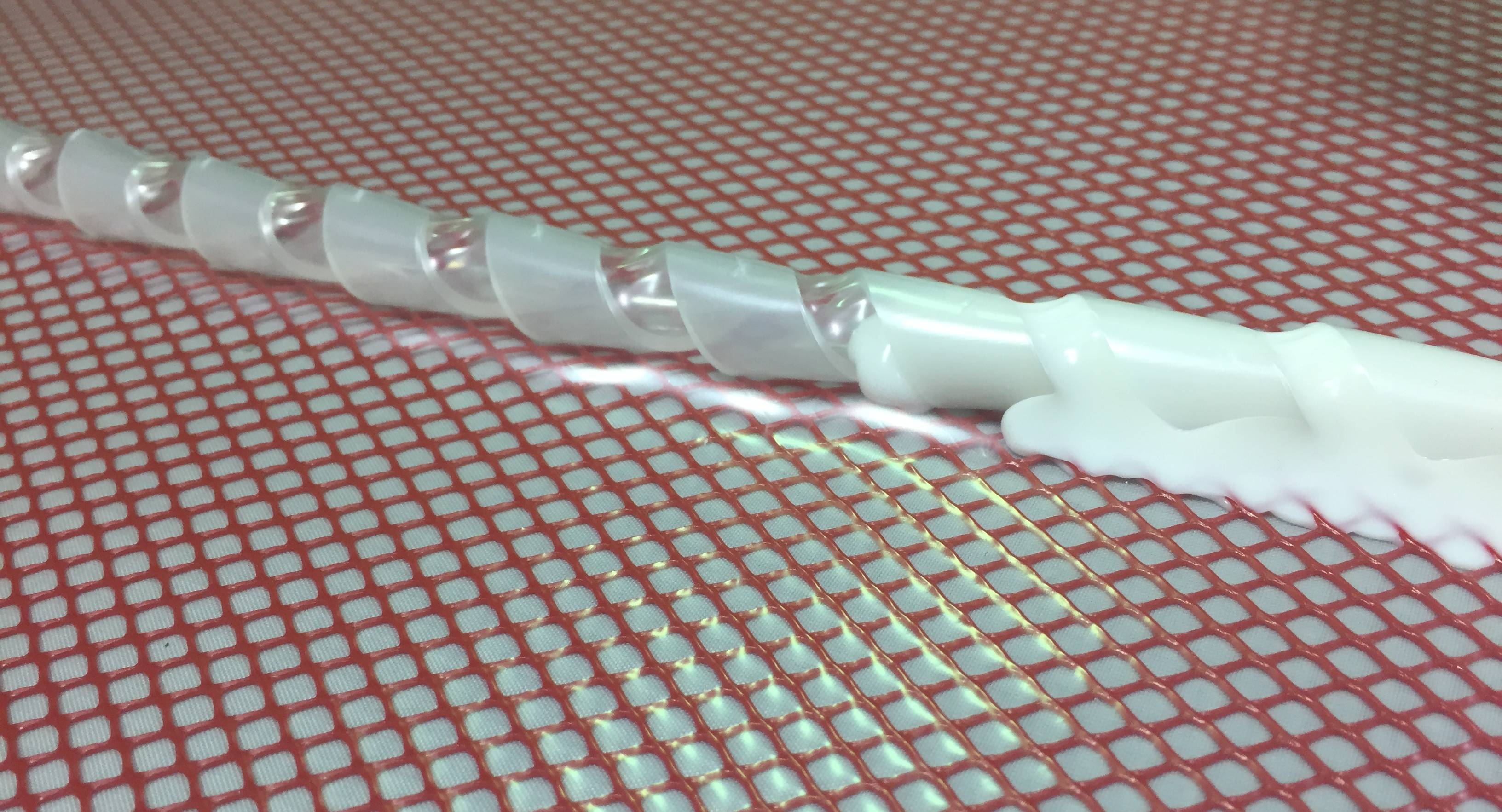Fatigue Resistant Nano-Composites
Goal
To develop material for wind turbine blades.
Motivation
Themotivation of this work was borne out of the desire to create a sustainable energy that will be cheap and easily adapted by people irrespective of their geographical locations. Wind turbine blades are designed to meet and withstand complex loadings and harsh operational conditions; wind hits the turbine blades in different directions, wind turbines are mounted in the open at wind turbine farms and exposed to different temperatures. Basically, fatigue, tensile and shear failures are the few target areas researchers focus in designing turbine blades to withstand the exposed cyclic loads in their operating lives.
About
Different sizes of wind turbine blades can be produced depending on the desired amount of power to be generated. The length of wind turbine blade is proportional to the energy generated by the turbine and this is why longer blades are commonly designed by most wind turbine blade designers. Wind turbine power of 5MW and rotor diameter of more than 60 meters is common in the wind turbine industry. It has been observed that the total production cost per kilowatt hour of electricity produced decreases with increasing wind turbine size. The present size of wind turbine blades is expected to increase in the near future, with the level of interest and research going on in this field. Modern wind turbine blades are being manufactured using polymer matrix composite materials (PMC). The manufacturing techniques used in making wind turbine blades may differ but the processes are commonly composite prepreg technology, vacuum-assisted resin transfer molding (VARTM) and vacuum infusion process. Wind energy is a driving force in alternative and renewable sources of energy in the world according to some studies. The United States’ installed capacity increased by 45 percent in 2007, and the country has installation of more than 16,800 MW, which is capable of generating an estimated 48 billion kilowatt hours, enough to power 4.5 million homes.
It is necessary in designing turbine blades to design for good fatigue life and good stiffness properties to achieve long operating lives. Because of exceptionally good strength and modulus, and lower weight-to-power ratios, composite materials are highly favored in making turbine blades. Different approaches have been adopted in designing good turbine blades, but the most promising approach is the integrating of advanced composite materials ± 45o stitch bonded non-crimp fiber glass because of the possibility of having good torsion and fatigue properties due to its stitch bonded pattern.
It is obvious that the growth of wind energy industry will be sustained in an era of continuing price increases for fuel, awareness of polluting emissions and depletion of ozone layers. Keeping wind energy competitive requires lowering the cost of its production, which is the cheapest at the moment compared to other sources of power. Many avenues are being explored and different composite materials are being tested to achieve the target of reduction in turbine cost and weight.
The addition of carbon nanotubes (CNT) with epoxy as a structural element in nanocomposites has shown a great improvements in material properties. The applications range from devices in nanoelectronics to field emitters. There are two main types of carbon nanotubes that can have high structural perfection: Single walled nanotubes (SWNT), which consists of a single graphite sheet seamlessly wrapped into a cylindrical tube, and multiwall nanotubes (MWNT) which comprises an array of nanotubes that are concentrically nested like rings of a tree trunk. Research shows that polymers adhered well to CNT at the nanometer scale when examined through transmission and scanning electron microscopy, which explained why the properties of electrons inside matter and atomic interactions are influenced by materials variations on the nanometer scale. Past research shows that the young’s modulus and the yield strength have been doubled and quadrupled for composites with low loadings of nanotubes compared to the pure resin matrix samples. Many researchers have shown that fatigue strength of fiber reinforced composite can be improved if the fatigue performance of the epoxy resin is improved; some literatures show how nanosilica, (HNTTM), and MWCNT have improved the mechanical properties of composite materials. Addition of 10 wt% of nanosilica showed 6 to 10 times improvement in high cycle fatigue life. Based on the author’s past research, HNT has shown tremendous improvement in mechanical properties.
Nanomodification of polymer helps in improving the fiber/matrix adhesion, which reduces the tendency of composite laminate’s delamination. This is one of the common failures of turbine blades, leading to low interlaminar shear strength (ILSS) of laminates. Earlier research shows that delamination prior to the gross failure under fatigue loading is one of the major reasons for blade failure. In order to improve the fiber/matrix adhesion, almost all the fiber manufacturers have devised means of chemically treating (sizing) of their fibers to become more compatible with matrix, and the resin manufacturers have been toughening their matrix to adhere more with fiber.
Publications
- J. S. Tate, A. T. Akinola, P. Patel and J. Massingill, “Nano-modified soy-based polyurethane/E-glass composites – mechanical and thermal properties”, International SAMPE Symposium and Exhibition (ISSE 2009),Baltimore, MD, USA, May 18-21, 2009, ID# B106.
- J. S. Tate, A. T. Akinola, and S. Sprenger, “Mechanical performance of nanosilica modified epoxy/glass composites for wind turbine applications”, International SAMPE Symposium and Exhibition (ISSE 2010), Seattle, WA, USA, May 18-21, 2010, ID#188.
